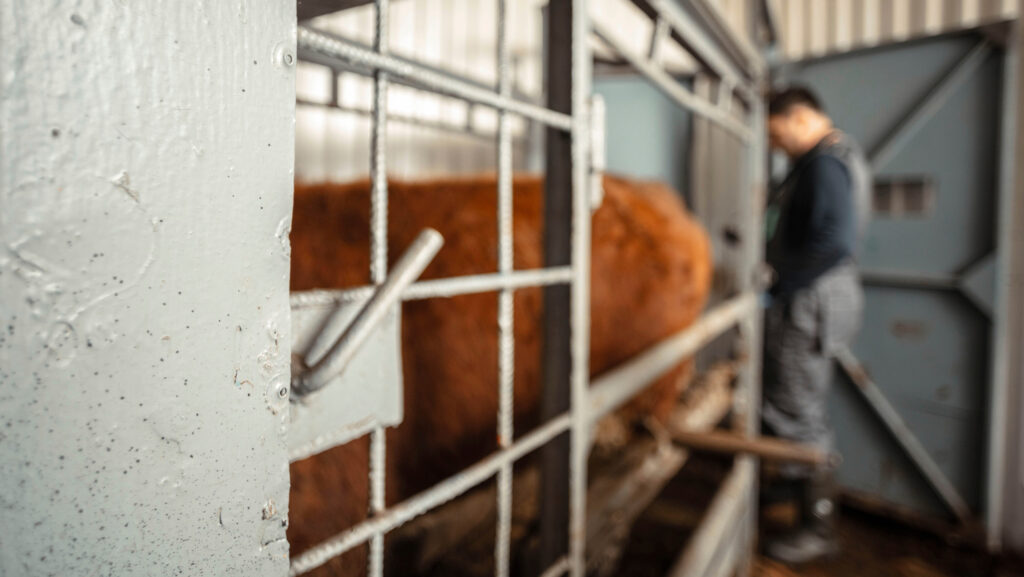Experts give 5 steps to managing abortion in cattle
 © Adobe Stock
© Adobe Stock All causes of abortion and stillbirth should be reported and investigated speedily and carefully to ensure a healthy and productive herd, farmers are reminded.
The advice comes from the Ruminant Health and Welfare group (RH&W) as the autumn calving block gets under way.
See also: How to reduce the risk of abortions in cattle
Most common causes of abortion
- Infectious: Neospora caninum, Salmonella Dublin and Trueperella pyogenes
- Environmental: the bacteria Bacillus lichenformis is the leading environmental cause.
- In addition, Bluetongue and Schmallenberg – both showing worrying trends of higher cases – are causes of late-term abortion.
RH&W has prepared a list of advice to keep herds healthy and farmers in line with laws on notifying authorities.
- Collect placentas and arrange prompt collection of abortion samples to a surveillance testing centre to identify the cause and rule out other herd health risks. Do this even if you suspect what caused it.
- Assess herd disease status, presence, absence, risk and immunity to help understand the risk, support trade and build a picture of what diseases are challenging your animals.
- Prompt reporting of abortions (to the Animal and Plant Health Agency in England, Scotland and Wales or the Department of Agriculture, Environment and Rural Affairs in Northern Ireland) is a legal requirement.
- Ensure protection by separating affected animals from the rest of the herd to reduce risk of further disease spread. Personal protective equipment should be given to those handling an aborted foetus. Instigate other control measures (such as vaccination) if appropriate.
- Safeguard staff from zoonotic disease. Investigating abortion can flag risks to individuals working with the herd.
Find the cause
Veterinary investigation officer at Scotland’s Rural College’s Dumfries surveillance centre, Colin Mason, said investigating every abortion or stillbirth on the farm will help determine the cause of the problem.
“Once a pregnancy is established, and particularly in the latter stages, the expectation is that a viable calf will be born at term. When this does not happen, this is an ‘unforeseen event’, which should be investigated as part of the health planning process with your vet,” he said.
Further resources from RH&W are available: ruminanthw.org.uk
